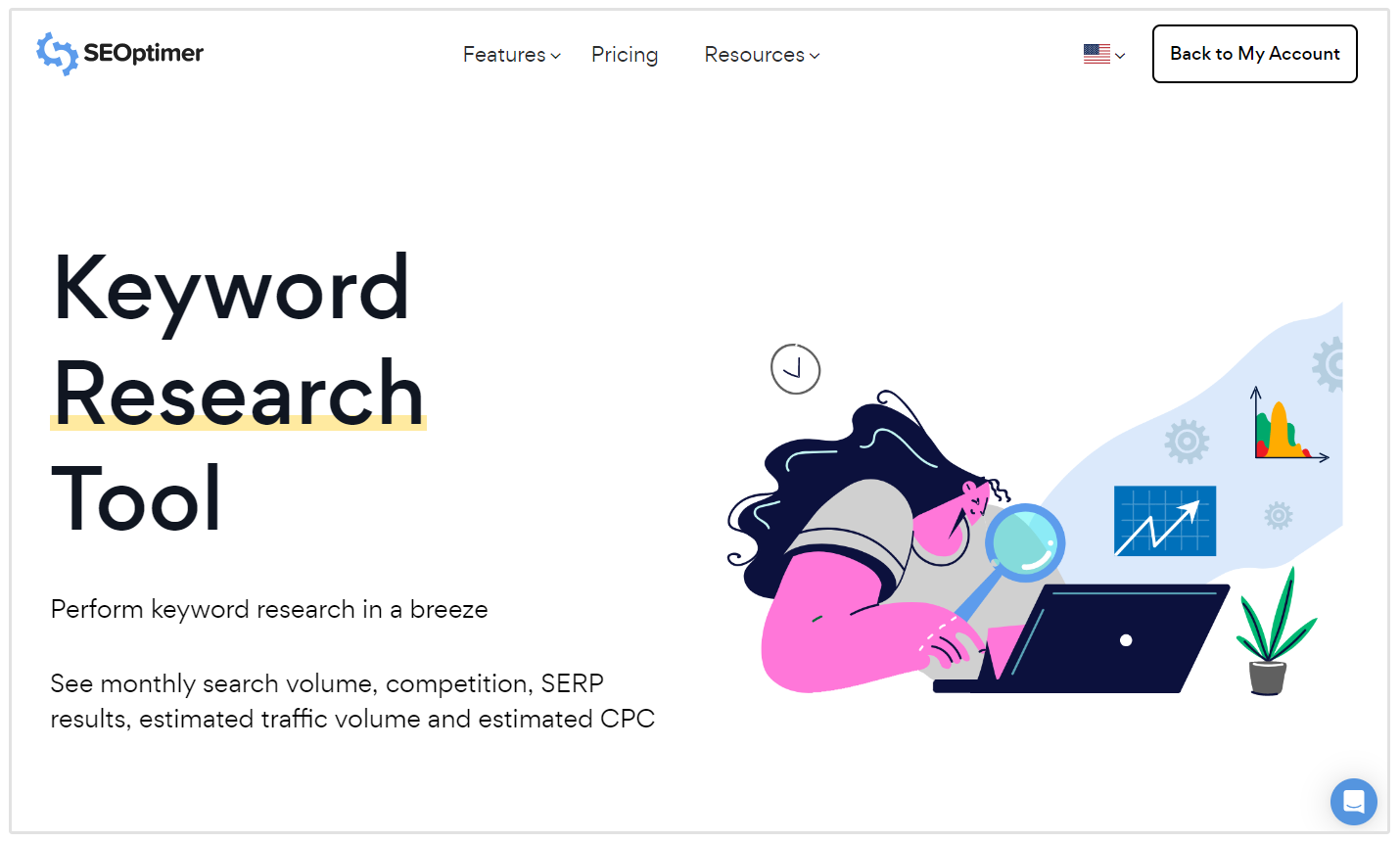Debunking Secondary Dimensions in Google Analytics: Definition and Practical Applications
Wiki Article
Unveiling the Impact of Secondary Dimension in Google Analytics on Information Evaluation and Insights
In the realm of data analytics, the usage of second measurements within Google Analytics has emerged as a crucial tool for removing deeper insights and unraveling complicated patterns that might otherwise continue to be obscured. By peeling back the layers of primary data collections, second dimensions provide a nuanced point of view that enhances the understanding of user actions, site performance, and the effectiveness of marketing techniques. Nonetheless, real impact and untapped potential of secondary measurements are typically taken too lightly, eclipsed by the allure of key metrics. As we browse through the elaborate landscape of information evaluation, the importance of second measurements becomes significantly apparent, clarifying important details that hold the secret to educated decision-making and calculated optimizations.Discovering the Concept of Secondary Dimensions
Secondary dimensions in Google Analytics provide extra understandings by enabling individuals to assess key data in combination with a secondary quality. By incorporating secondary dimensions, customers can delve deeper right into the data and reveal valuable correlations that may or else go undetected - what is a secondary dimension in google analytics.By discovering the numerous additional dimensions readily available in Google Analytics, individuals can unlock brand-new understandings and maximize their electronic marketing efforts. In essence, secondary dimensions serve as a powerful tool for improving information evaluation and driving workable outcomes.
Enhancing Information Interpretation With Secondary Dimensions
Having actually established the fundamental understanding of second measurements in Google Analytics and their essential role in data evaluation, the emphasis now moves in the direction of leveraging these additional qualities to improve the interpretation of analytics information (what is a secondary dimension in google analytics). By integrating secondary measurements into information evaluation, analysts can get much deeper understandings into user habits, site performance, and marketing performance

In addition, second dimensions help in contextualizing key data metrics by providing added layers of info. This contextualization aids in comprehending the 'why' behind the data fads, assisting experts make informed optimizations and choices to enhance overall performance. Inevitably, integrating additional measurements improves the data analysis process, resulting in even more purposeful understandings and calculated activities.
Revealing Hidden Insights Through Additional Dimensions
Exploring the midsts of analytics data with second dimensions discloses useful insights that would certainly otherwise remain obscured. By integrating secondary measurements in Google Analytics, organizations can uncover concealed patterns, fads, and relationships that offer a more extensive understanding of customer actions and site performance. These additional layers of information allow experts to delve deeper right into the primary dimensions, such as web traffic resources or landing pages, and get a much more nuanced point of view on just how different variables communicate with each various other.Via using additional dimensions, experts can section and contrast data throughout numerous dimensions, allowing them to recognize certain aspects that influence customer involvement, conversion rates, and general success metrics. For instance, by pairing the main measurement of 'gadget category' with the second dimension of 'age,' online marketers can pinpoint which age demographics prefer accessing the site through mobile devices versus desktop computers. This degree of granularity equips organizations to make data-driven choices and maximize their strategies for far better results. Ultimately, uncovering covert insights via additional dimensions improves the deepness and accuracy of information evaluation, bring about more enlightened decision-making and enhanced efficiency end results.
Leveraging Secondary Measurements for Actionable Analytics
Building upon the understandings revealed through second dimensions in Google Analytics, organizations can currently harness this enriched data landscape to drive workable analytics and tactical decision-making. By leveraging visit the website second dimensions, companies can dive much deeper into their information to remove important patterns, trends, and connections that might have previously gone undetected. This deeper level of analysis makes it possible for companies to gain a more extensive understanding of individual behavior, project performance, and total site performance.One key advantage of utilizing second measurements for workable analytics is the capacity to sector information based upon certain criteria. This segmentation allows services to tailor their projects and methods to various target market teams, leading to extra targeted and efficient advertising initiatives - what is a secondary dimension in google analytics. In addition, additional measurements give an even more holistic sight of individual communications, making it possible for businesses to optimize their web site web content, design, and total customer experience
Making The Most Of Decision-Making With Secondary Measurements
To boost tactical decision-making in analytics, leveraging additional dimensions in Google Analytics can offer a more nuanced perspective on customer actions and project performance. By incorporating secondary measurements right into information evaluation, services can dive much deeper right into the specifics of their web site site visitors' interactions and engagement patterns. This extra layer of info enables a more comprehensive understanding of just how various variables, such as demographics, gadgets, or web traffic resources, influence crucial efficiency indicators.
Conclusion
In final thought, using secondary measurements in Google Analytics plays a vital role in improving information evaluation and uncovering concealed understandings. By exploring this idea, one can obtain a deeper understanding of customer behavior and make notified choices based on actionable analytics. Leveraging second measurements permits an extra comprehensive analysis of information and maximizes the performance of decision-making processes.
Report this wiki page